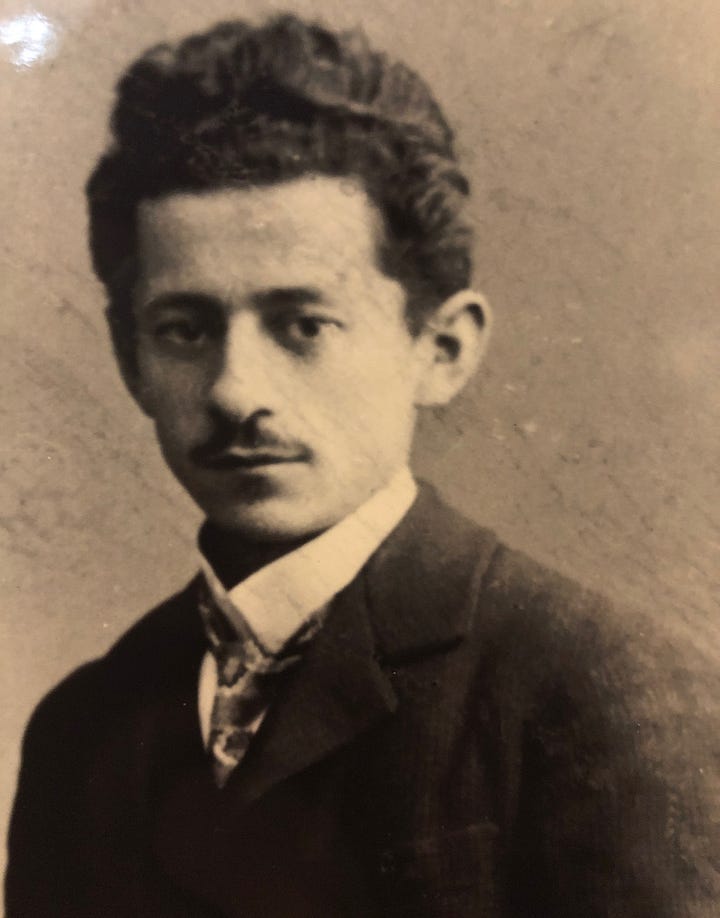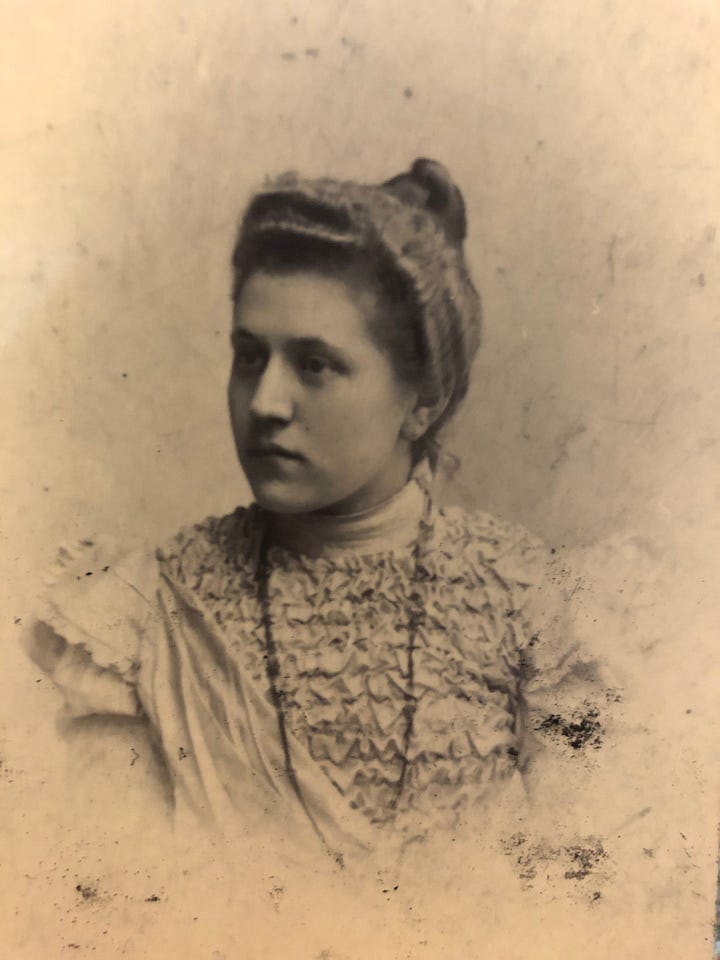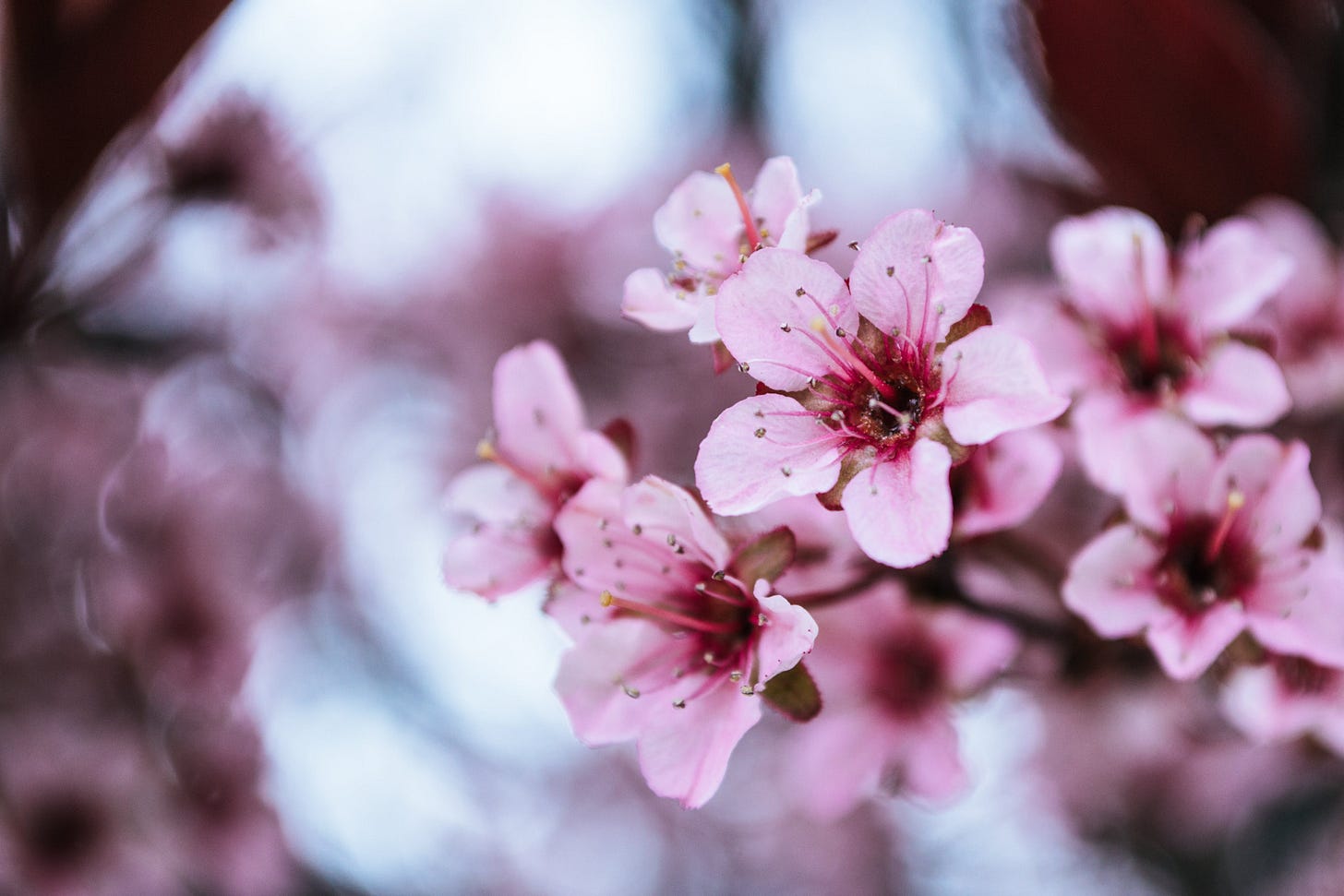Tonight, I’m stitching again: tiny “x”s in neat rows, each one a small, fierce prayer. It is slow work for my novice hands. I fumble and tangle the thread but steadily, stubbornly, make stitches one then another and another.
I count every square on the loosely woven fabric to know where each stitch belongs. The pattern I’m working is 57 squares wide and 84 squares long. 4,788 squares. One for each child killed in Palestine the last 40 days. Squares, too, for the Israeli children killed or taken hostage. When I began, there were more squares than children. Tonight, I’m already falling behind.

Each stitch feels too small, too quick: mere seconds to mark an entire life that never got to unfold. Traditionally, Jews sit shiva for a week after a death. By that measure, if I sat shiva for each life lost, it would take 23 years for those killed on October 7th and another 250 years and counting for the Palestinians murdered since. Sitting shiva for every soul lost in the Holocaust would take the length of civilization – around 6,000 years – twenty times over. Twice that again for the victims of the Belgian Congo. And also now: the Congolese and Armenians and Uyghurs and Sudanese and Tigrayans and West Papuans and Rohingya and Afghanis and Haitians and Yemenis and Malians and…
The stark arithmetic of cruelty boggles the mind.
I watch my hands untangle a knot of thread and wonder if their magnetic draw to the repetitive gestures of making is heritable. I was never shown how but instead taught myself to knit and sew, embroider and crochet, but maybe the affinity lives in my hands themselves. Before I went to college, my grandmother crocheted me a blanket in my college colors; her sister was a talented dressmaker. I wonder if their mother taught them how to hold a crochet hook, to stitch a blind hem. There’s so much of my family history I don’t know. And what I do know arrived in a Tupperware box.
After my grandmother died, a box of her possessions came to me. In it, were relics from the life she had staunchly refused to speak about: yellowing birth certificates in ornate German script, immigration papers with the raised ridges of official seals, her camouflage green Reispass Nazi passport and its intimidating, swastika-clutching eagle. Inside, beside a picture of her at 14, the bright red “J” stamp had not faded with age.
Among these official papers were stacks upon stacks of petal-thin airmail paper: personal letters crammed edge to edge with my great grandfather’s tiny, perfect German cursive. They were his only lifeline to his children, all five alive and out of Austria before it was too late, and he made the most of every inch. One of the letters was typewritten, offering the clarity I needed to translate it online; it was the document he had entrusted to a neighbor before deportation detailing how to settle their affairs if they didn’t make it back.
Up one, over four, stitch three. I watch Instagram confessionals made by Palestinians as bombs shake the frame. They speak in broken English so someone like me halfway across the world can understand. “This might be my last video,” they say. Sometimes it is. Bisan Owda begins each of her reports from Gaza with “Hey everyone. It’s Bisan. I’m still alive.” Parents write children’s names on their arms or legs so they might be identified if killed in an airstrike.
I was able to piece together transcribed train manifests and meticulous Nazi records that offered me disproportionate detail regarding how my great-grandparents, Aron and Hanna, spent their final days. The yawning gap of how little I knew was suddenly flooded by grim facts and figures: the names and birth dates of the 56 other Jews with whom they were crammed into a “Jewish House,” the eight who shared their apartment, the four days that elapsed between their deportation from Vienna and their arrival in the woods outside of Minsk, the checkpoints where they were separated from their clothes and belongings, the music played on loudspeakers to hide the sound of gunfire from locals, the open pits into which they were shot, she on September 14th and he four endless days later, the pines that stood silent vigil over it all. Of the 8,700 Austrian Jews deported to Maly Trostenets in 1942, 17 survived.


Down two, left one, stitch two. Fathers kneeling, ear to a mountain of rubble that had been their home, yelling their children’s names again and again. Mothers clutching unmoving infants to them, refusing to wash their hands because their child’s blood is all they have left of them. Bodies wrapped haphazardly in blankets piled in a parking lot, stored in ice cream trucks. The acronym coined for use in Gazan hospitals WCNSF: wounded child, no surviving family.
Such violence is an exacting inheritance for generations down the line. Beyond the psychological and economic devastations, we become inscribed with blueprints for disaster. Epigenetics researchers Ressler and Dias performed a study where they shocked the feet of male mice while exposing them to a cherry blossom aroma. Unsurprisingly, the animals began to shudder in anticipation of pain whenever they smelled the scent.
What is surprising is that the next generation of mice also trembled at the smell without ever having been exposed to the shock stimulus. Even mice conceived in vitro and raised apart from the parent. The fear was not taught, but hardwired. Their brains had structurally changed to become more keen to this particular danger; they had more scent receptors for cherry blossom smell as well as an increased size of the structure responsible for sending and receiving these olfactory signals. Even the third generation of grandmice inherited the fearful response. Trauma had been transcribed into their DNA.
I cannot look into the terror-blind faces of Palestinian mothers, doctors, teachers, children and see anything other than kin. Kin forged in grief, in diaspora. All of us children afraid of cherry blossoms. My inheritance hums in my blood and rattles my bones. It will not let me sleep. It tells me every life is a world entire. It tells me when the eye of the world looks away to stay with the sorrow, weep loud enough to be heard. It tells me never again, never again. Never again.
The stitches I make follow a Palestinian tatreez pattern with regional motifs: angular stars and urn-like cypress trees from Ramallah, a broken barbed wire fence from Hebron, stylized mountains and walls from Jerusalem. A rich red is the most common color for tatreez, but right now the color makes me think only of blood. Instead, I’m stitching the stars in the silvery green of olive trees and around it, the deep golden color of soil.
The trees, too, know about generations of loss. Over 800,000 Palestinian olive trees have been uprooted by Israeli authorities and settlers since 1967 and farmers are often violently attacked at harvest trying to tend their trees. “If the olive trees knew the hands that planted them,” says Palestinian poet Mahmoud Darwish, “their oil would become tears.”
Olive trees are resilient, though; if cut or burned, they can regrow from their root system. And they can live tremendously long lives. In the village of Al-Walaja outside of Bethlehem, the Al-Badawi olive tree is estimated to be between 4,000 and 5,000 years old. Its knobbly, arthritic trunk looks like a castle of melting wax. It might be the oldest living tree in the world, millennia of bearing witness written in its rings. I pray for it, too, as my needle slides through the fabric.
Stitching row upon row of x’s becomes hypnotic. It’s hard not to fall into something like a trance. My wandering mind conjures a visit from the power of Empire. If he were a man — and he would be a man — he’d wear a carefully tailored suit and speak in measured tones. His cologne would smell like cherry blossoms.
He would not understand my quiet prayers with no attendant evangelism, no donation plate. He would promise that if I simply put down this silly work of stitching, of witnessing, he could ensure my safety – a commodity in short supply.
I would not lift my eyes when he tried to woo me with the gift of a home a half a world away, and he would not say how it came to be in his possession. Undeterred, he’d call in a parade of my could-be cousins to tell me the grave danger I’m in, that I’m a traitor, that my ancestors should be ashamed. The scent of his cologne makes them wild-eyed. Up four, over two, stitch two.
What I’d like to say to him, I think to myself as I pull my thread taut, is that I’d take that house. I’d scrub the blood and dust from the floor. I’d shake out the rugs and rebuild the furniture. I’d tend the stolen orchard, harvest and preserve the olives. I’d clean and pray and mend and pray until the day the people who had built that home returned. I’d place the keys in their tired hands and cook a homecoming feast piled high enough to never want. I’d fill every vase with boughs of cherry blossoms.
In his subsequent epigenetic research, Ressler found that a mouse’s inherited fear response could be disarmed through exposure or association with a positive stimulus to the point that “it eventually is no longer afraid of that smell. The marks in the brain and the marks in the DNA reverse such that it looks like they were never afraid of it in the first place.”
“The hope then is that….we can change our genome at an epigenetic level, and that can affect the next generation,” Ressler explains.
Over two, down two, stitch four. There is so little I can do. I can’t restore hearths from rubble. I can’t undo horrors, but also I cannot rest. My hands want to be of use. So I make my tiny stitches and send these words, feeble as they feel in the face of so much grief, into the world.
This belief in the holy might of words, in their endless possibility, is also part of my inheritance. As is the understanding of their unyielding weight. “Shoah” is a Hebrew term for the atrocity of the Holocaust. “Nakba” is an Arabic term for the violent murder and displacement of Palestinians that began in 1948. Both mean “catastrophe.”
Aleah Black writes: “In the holy book, the world is made of words. The word Yisrael means the one who wrestles God. It is not a nation, it is a state of being. Wrestling the divine.” Another trait handed down to me: a refusal to back down, to turn away, even in the face of the mightiest power.
“Tonight I’m wrestling God again. I am trying to say the names of children I do not know.”






This is gorgeous and devastating. You opened my eyes, friend.
Thank you for speaking up. Your words hit home.